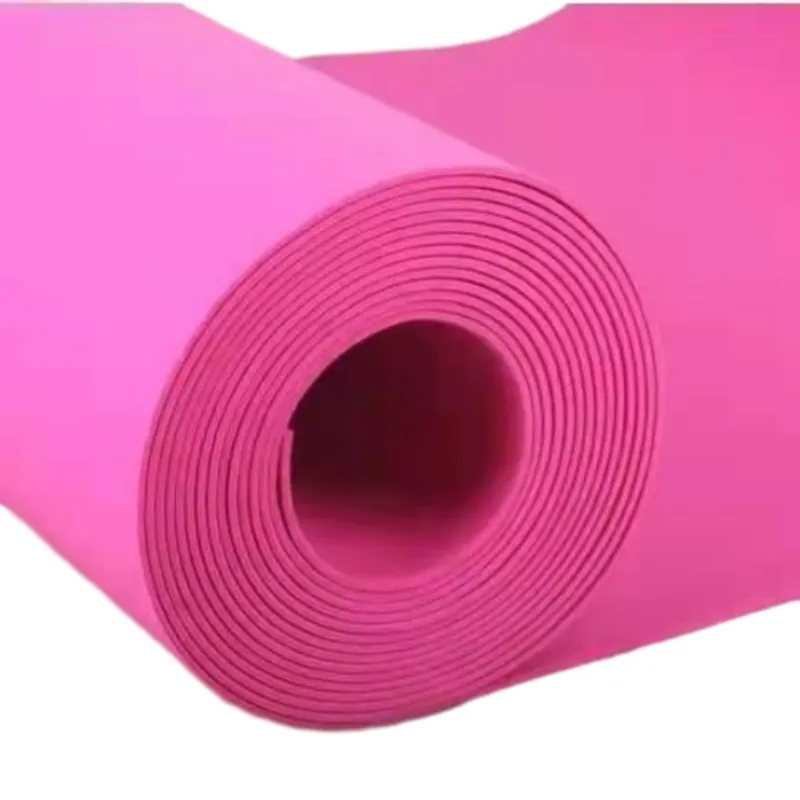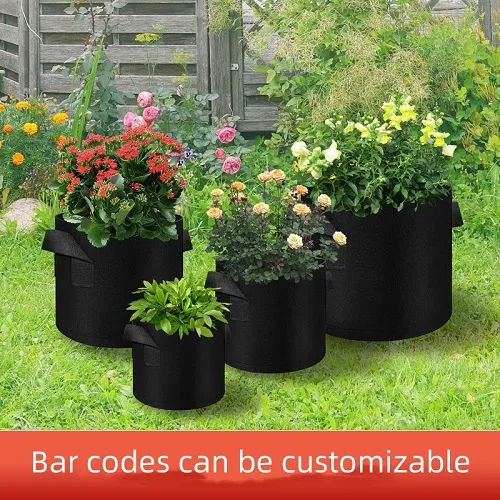types of felt
Understanding Different Types of Felt
Felt is a unique textile material that has been used for centuries across various cultures worldwide. Unlike woven fabrics, felt is created by matting, condensing, and pressing fibers together. This process gives felt its distinctive texture and characteristics. The versatility of felt makes it suitable for a variety of applications, ranging from crafting to industrial uses. In this article, we will explore the different types of felt, their properties, and common uses.
1. Wool Felt
Wool felt is arguably the most traditional and widely used type of felt. Made from animal fibers, primarily sheep’s wool, this type of felt is known for its durability, elasticity, and warmth. Wool felt is produced using a wet felting technique, where moisture, heat, and agitation cause the wool fibers to interlock, creating a dense and sturdy fabric.
Common Uses Wool felt is used in a variety of applications such as clothing, accessories, and home decor items. It's popular for making hats, slippers, and bags, thanks to its ability to retain heat. Wool felt’s quality also makes it suitable for crafting, especially for intricate designs and shapes.
2. Synthetic Felt
Synthetic felt is made from manufactured fibers like polyester or nylon. This type of felt often mimics the qualities of wool felt but usually comes with a lower price point. Synthetic felt is typically produced using a dry felting process, where fibers are pressed and bonded together using heat and adhesives, rather than being matted together through moisture and agitation.
Common Uses Synthetic felt is widely utilized in applications where durability and moisture resistance are preferred. It is commonly used for banners, crafts, and various industrial applications such as padding and insulation. Additionally, its vivid colors and patterns make it a favorite among crafters for projects ranging from upholstery to decorative accents.
3
. Blended FeltBlended felt combines natural fibers, like wool, with synthetic fibers, such as acrylic or polyester. This fusion allows for the retention of the desirable qualities of wool while also incorporating the durability and ease of care found in synthetic fibers. The blending process varies, but it often enhances the felt's softness and color vibrancy.
types of felt

Common Uses Blended felt is ideal for projects that require a balance between aesthetics and functionality. It can be found in craft projects, toys, and educational materials, as well as in professional applications such as sound-dampening panels and protective pads for furniture.
4. Craft Felt
Craft felt generally refers to sheets of synthetic felt available in various colors, thicknesses, and sizes. It is less expensive and more readily available than other types of felt, making it a popular choice for schools, hobbyists, and amateur crafters. Craft felt is usually made from polyester and is known for being lightweight and easy to cut.
Common Uses Craft felt is utilized for a multitude of DIY projects, including seasonal decorations, scrapbook embellishments, and fabric flowers. It is also commonly employed in educational settings for activities involving cutting, gluing, and stitching.
5. Industrial Felt
Industrial felt is created for specific functional purposes rather than aesthetic ones. Made from various fibers, it is designed for strength, durability, and heat resistance. Industrial felt often includes blends of wool and synthetic fibers. Its density and ability to absorb shocks and vibrations make it essential in many industrial settings.
Common Uses It is commonly utilized in automotive applications as insulation, sound dampening, and gaskets. Additionally, industrial felt is found in the manufacturing of brushes, filters, and conveyor belts, showcasing its versatile performance in demanding environments.
Conclusion
Felt is a multifaceted material that serves a myriad of purposes across various industries and crafts. From the warmth and traditional appeal of wool felt to the affordability and colorful options of synthetic craft felt, each type of felt offers its own unique features and benefits. Understanding these types can help individuals and professionals choose the right kind of felt for their specific needs, whether it be for crafting, clothing, or industrial applications. As interests in sustainable and versatile materials grow, felt remains a textile worthy of exploration and creativity.
-
Your Go-To Guide For Affordable Wholesale Wool FeltNewsOct.31,2024
-
The Trusted Source For Industrial Felt And Hotel TowelsNewsOct.31,2024
-
Premium Industrial Felt Solutions For Every IndustryNewsOct.31,2024
-
Enhancing Performance With Industrial Felt FabricsNewsOct.31,2024
-
Elevating Performance With High-Quality Industrial Felt MaterialsNewsOct.31,2024
-
Brighten Your Projects With Vibrant Colored FeltNewsOct.31,2024
-
Unleash Your Creativity with Stylish Felt ProductsNewsOct.30,2024







